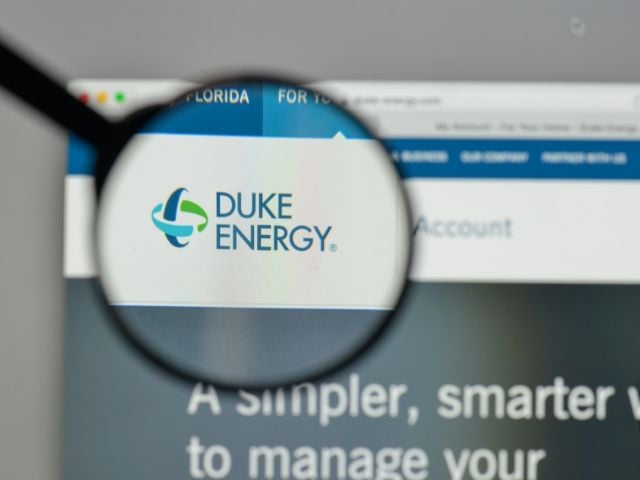- Draft Land Protection Order December 16, 1999 [PDF]
- Decision Record April 23, 2003 [PDF]
(WASHINGTON) When DOI Secretary Gale Norton announced September 11 that she was "protecting" 112,000 acres of public lands from hardrock mining, newspapers across the country covered her announcement.
However, an Environmental Working Group (EWG) analysis of records obtained from Norton's own Department shows the announcement was considerably less than it seems.
The Bureau of Land Management's (BLM) state director said that no commercial hardrock mining has occurred for 50 years within the 112,000 acres that Secretary Norton protected from new mining claims. And, even the core mining provisions of the plan are riddled with loopholes. Anyone with an existing mining claim is permitted to mine in the protected zone, although the threat of active mining appears far less than from oil and gas drilling.
What Norton didn't mention is that oil and gas interests have heavily leased the "protected" areas and abutting lands. Oil and gas drilling is exempt from restrictions in the plan and leases for oil and gas cover eight times more land than mining claims. Under the plan, oil and gas leasing can continue within the "protected" areas and drilling will be allowed within 1,300 feet of canyon rims.
"Gale Norton should be honest when she brags to the public she is 'protecting' something. Gale Norton wasn't, according to records from her own department," said EWG Analyst Dusty Horwitt.
Ironically, just three days before this 112,000-acre announcement, Norton's BLM had sold twice that amount of land throughout Utah, 245,775 acres, to people and companies who want to drill for oil and gas. In the "protected" land plus a five-mile buffer zone around it, the oil and gas industry controls 63,584 acres of land that's eight times the amount of land reserved for hardrock mining. In the now-"protected" land, the oil and gas industry controls 5,776 acres of land while hardrock mining interests control 3,300.
"A color map detailing the "protected" land, the various mining and drilling activity on it and a surrounding buffer zone touching two national parks can be found at https://www.ewg.org. In analyzing Norton's announcement, EWG researchers used a state-of-the-art computer mapping system that precisely locates oil and gas and hardrock mining claims as detailed by Interior Department data.
This part of Utah, which earns $4 million each year from recreational activities, stands to lose, not gain, from the Department of Interior's "protection." If oil and gas interests begin to drill, they could be tunneling underground from as little as 1,300 feet away from one of the three rivers in this part of the state -- the Colorado, Dolores and Green Rivers. Noise and water pollution could affect lands bordering on Arches and Canyonlands National Parks. The BLM's own press release states that this section of Utah is home to six threatened or endangered species and 161 prehistoric sites.
Interior Secretary Norton made two more inflated announcements within a week of this one "protecting" 112,000 acres of Utah. On September 13 in Colorado, she claimed to have "created" Great Sand Dunes National Park, but it is more accurate to say that she is finishing a project begun under the previous Secretary of Interior. The following day, she took credit for signing a deal with Arizona, Nevada and California to help recover endangered species that had also been initiated prior to her tenure.
# # #
The Environmental Working Group is a nonprofit research organization based in Washington, DC that uses the power of information to protect human health and the environment.


